What’s the Buzz
The Bee Healthy Blog
How to Lower Your Prescription Costs
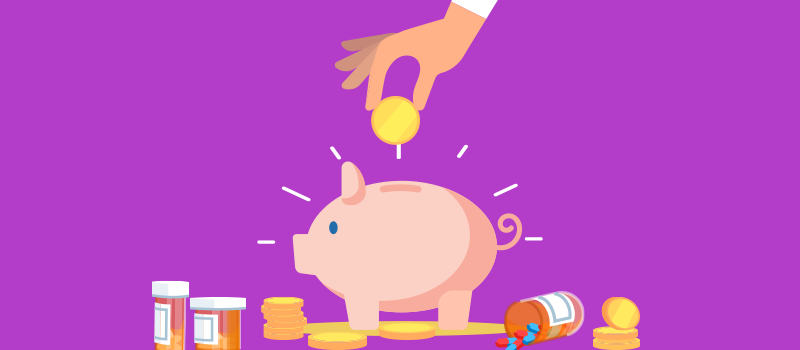
Over the past 20 years, U.S. drug spending has increased by 330 percent. Whether you pay for your insurance or it is provided by your company or the government (Medicare, Medicaid), if you live in America, you are probably looking to lower the cost of your prescriptions. For many, this cost may be your biggest health care expense.
Assuming that your average copay is around $10+, this can add up quickly if you are on one or more medications per month. Also, the list of medicines covered by your plan probably continues to shrink and, as such, your out-of-pocket expenses are increasing. You may also have to reach a high deductible before your prescriptions are even covered.
Here are a few ways to help reduce the cost of your medicines.
Talk to Your Doctor About Less Expensive Options
As your doctor to review your list of medications to confirm you’re only taking what you need and using them properly. Ask the following questions on your next visit:
- Is there a medication alternative?
- Can I get a generic version?
- Is it possible to get a 90-day prescription?
- Can I get samples or coupons from the drug manufacturer?
- Will you double the size of the dosage? (Note that you’ll then split the pills.)
- Is there an effective over-the-counter alternative?
Re-Evaluate Your Health Plan
- Consider a higher-cost plan that provides more comprehensive prescription coverage to lower your annual out-of-pocket prescription costs.
- Contact your health plan or your company’s HR department for help with your evaluation.
Search Prescription Discounts
- Before you fill a prescription, enter your zip code and search by drug name on the BuzzRx Website or App to determine the cheapest option by pharmacy chain.
- Keep in mind that the cost for the same prescription can vary a lot from pharmacy to pharmacy.
- Based on supply and demand, prescription prices are frequently changing. We recommend that you download the BuzzRx App so you always have the most up-to-date savings information on-the-go.
Use a Prescription Discount Card
- These free cards are a great way to save money—no prescriptions are excluded from possible savings and they are accepted at over 60,000 pharmacies nationwide.
- Savings vary, but discounts tend to be deepest on generic medications—up to 80% off. Brand-name drugs are usually 10-15% off the retail price.
- Many times, the discounted price using a prescription discount card will be lower than your copay.
- Ask your pharmacist to keep the discount codes on file along with the codes for your health insurance so you never forget to check the price with both cards.
- Contact your health plan administrator if you have a deductible—discounted pricing may not count towards the requirement.
Buy Online
- Medicine is often less expensive online.
- Beware of fake online pharmacies. Go to www.fda.gov/besaferx to check if an online store is legitimate; also look for the NABP VIPPS seal.
- Google your drug’s name plus “discounts” to see if any online coupons, discounts, and rebate offers are available.
- The downside to buying online is that you can’t talk to the pharmacist about side effects, drug-drug interactions, etc.
Get Prescription Assistance
- Use the PhRMA’s Medicine Assistance Tool (MAT), a search engine designed to help patients, caregivers, and healthcare providers learn more about the resources and various programs that make prescriptions more affordable for those in need.
Buy Prescriptions Tax-Free
- If they don’t already offer it, ask your job about a Flexible Spending Account (FSA). This employer-sponsored account allows you to set aside money from your paycheck pre-tax and can be used to pay for your medications along with other health-related expenses.
Reduce Your Need for Medications
- Improve your eating habits and exercise routines to help reduce your need for medications.
- Get regular medical checkups and follow the advice of your healthcare professional.
HHS estimates that over the next decade, drug prices will rise 6.3 percent each year, while other healthcare costs will rise 5.5 percent. This translates to drug prices increasing three times faster than inflation in the U.S., making it more and more difficult for the average American to afford their prescriptions. Remember, you don’t always need to pay full price for your prescriptions—use this guide as a resource to find future savings.

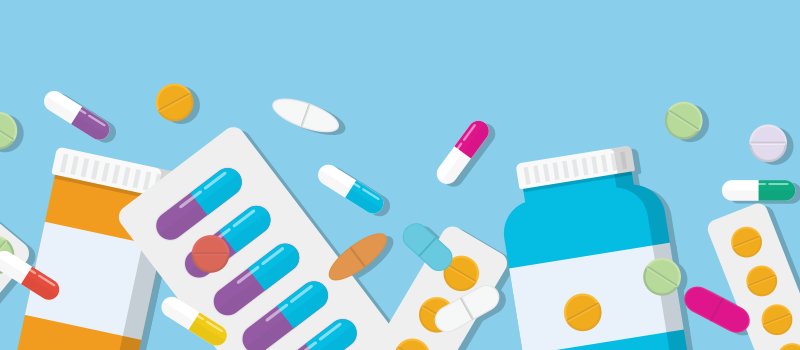
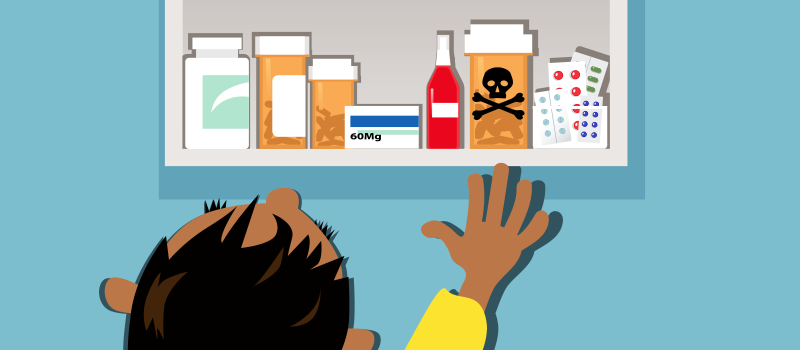
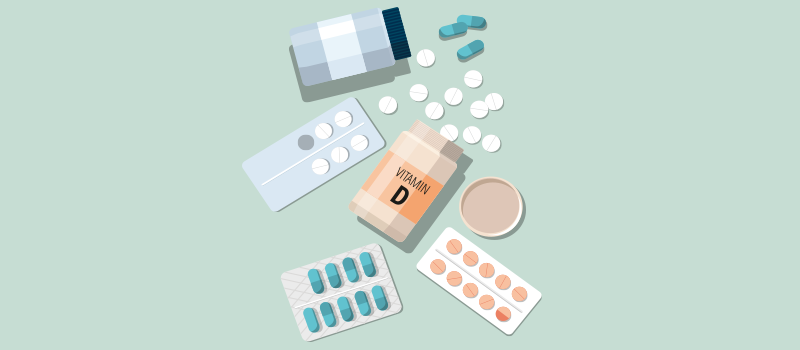

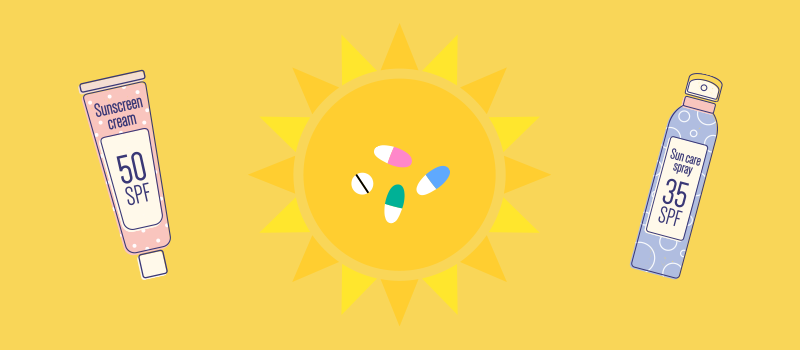


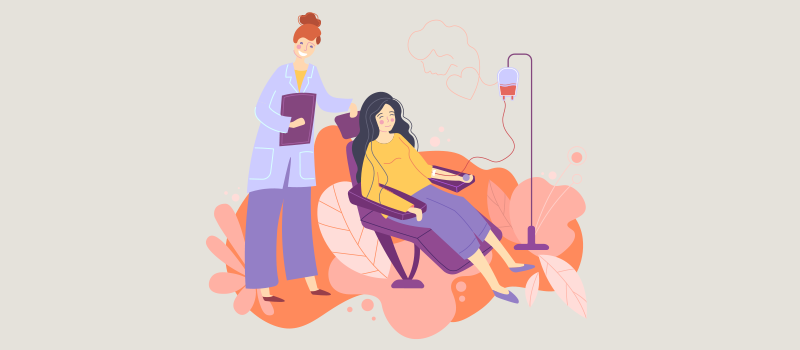
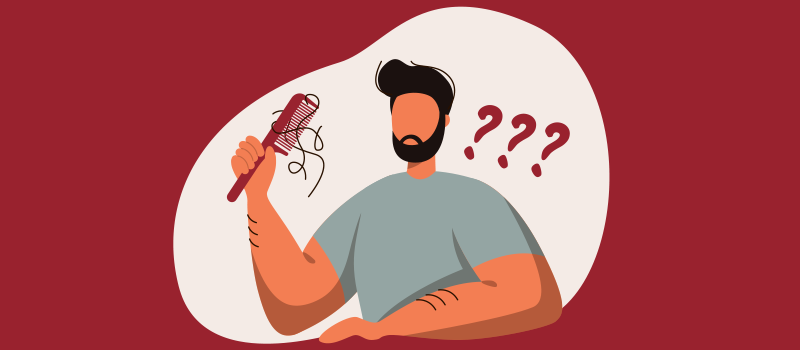

SOCIAL